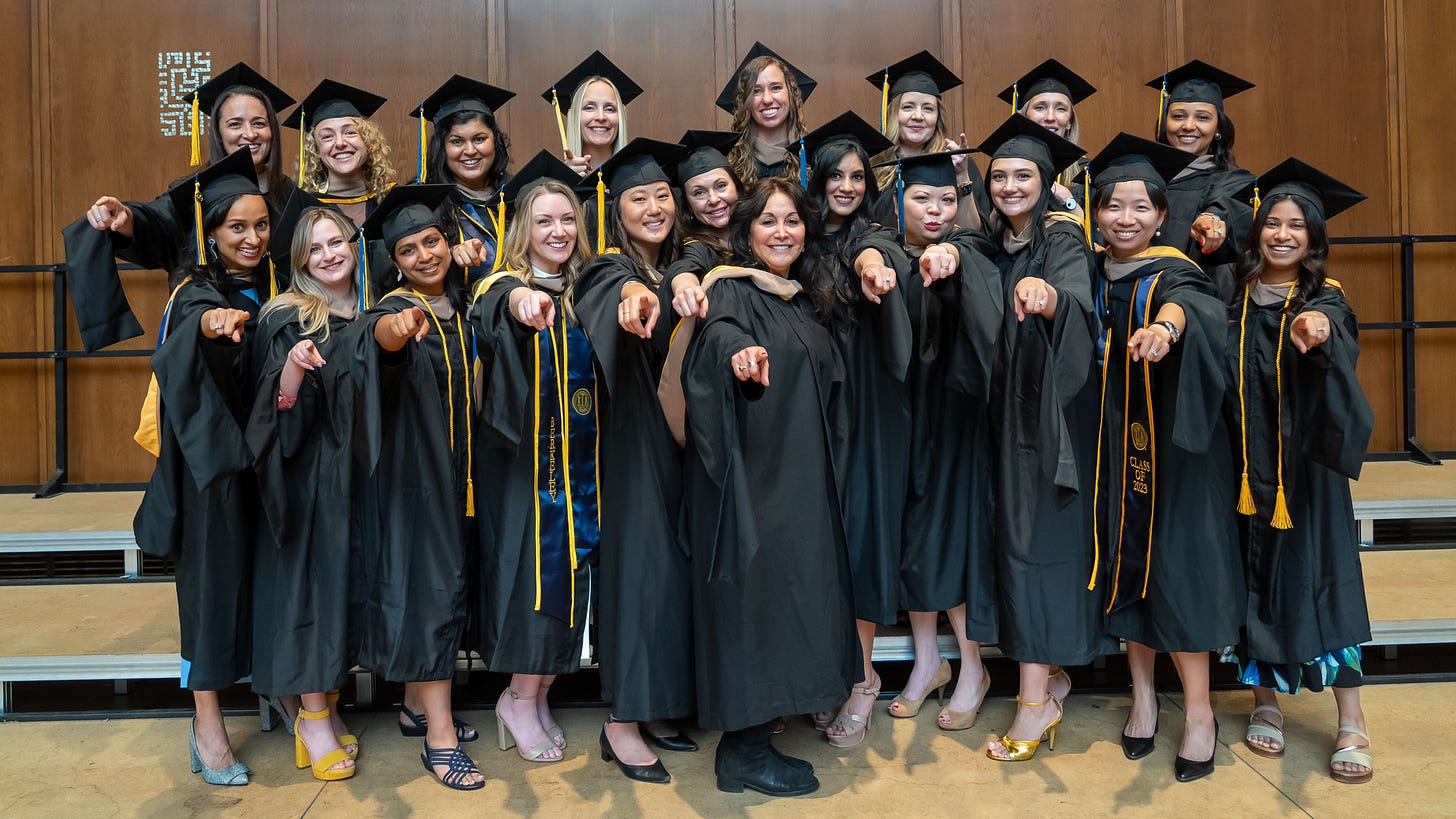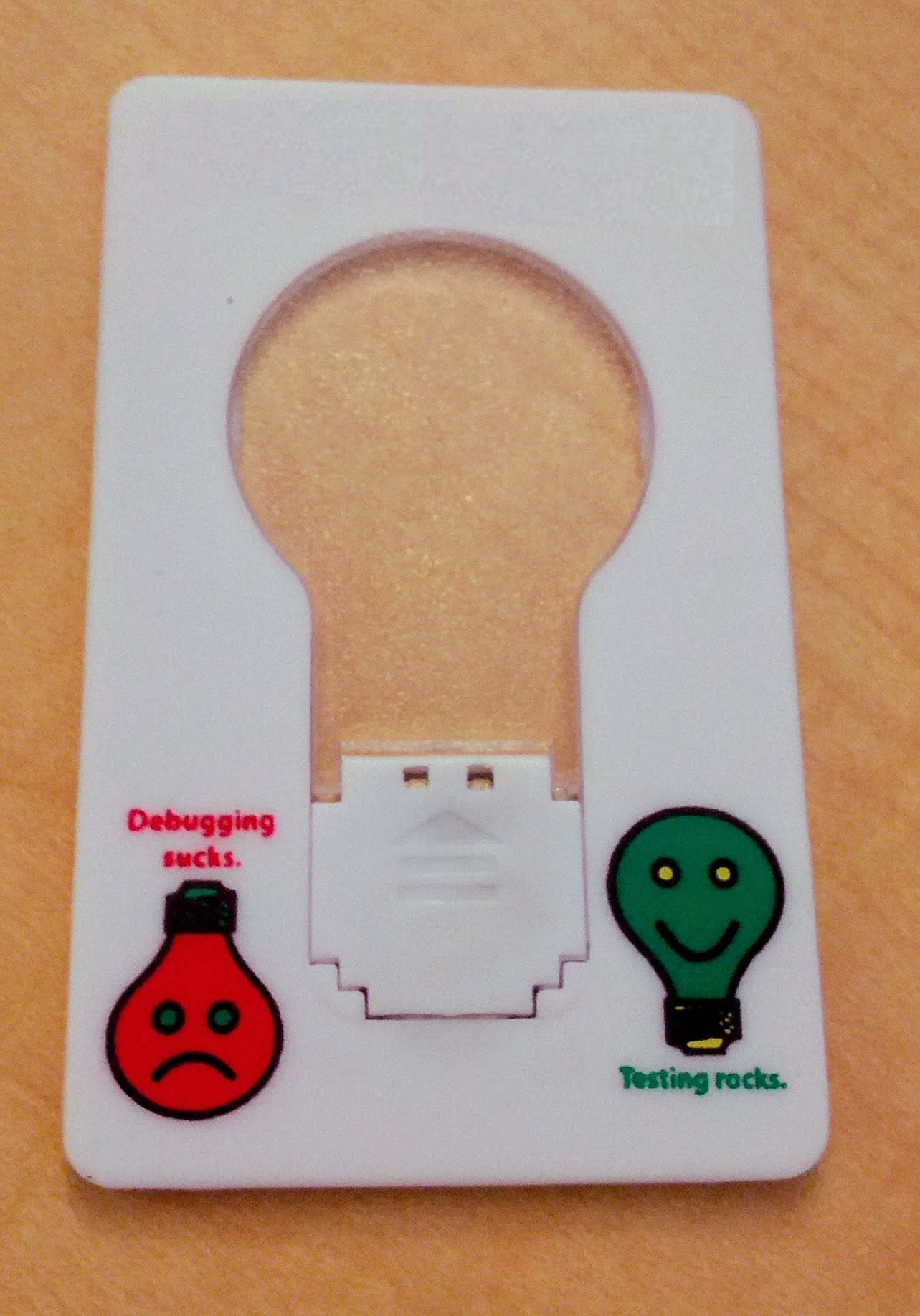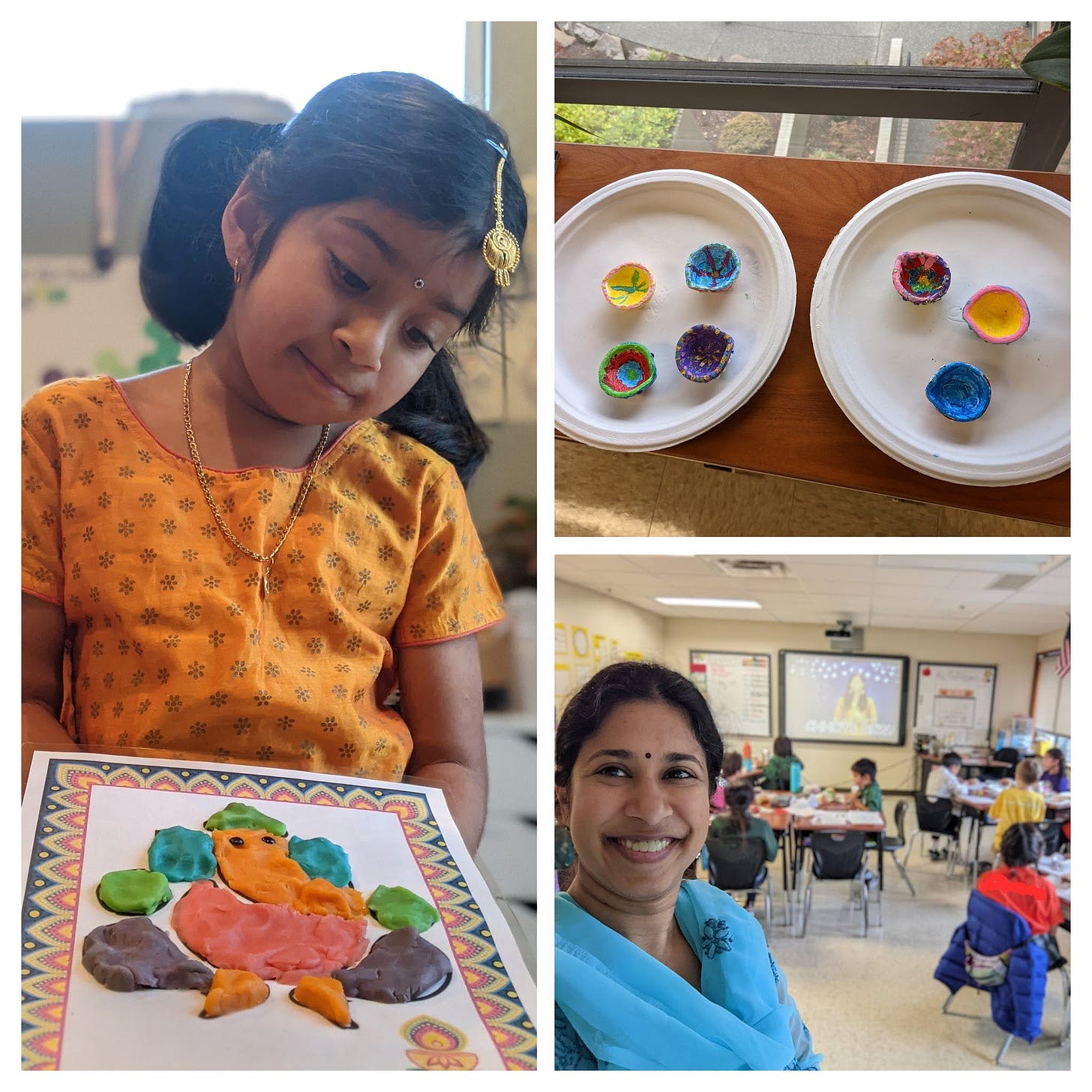Side Quests That Supercharged A Tech Executive’s Career
How 20% projects, community contributions and hobbies accelerated an ex-Google director's career growth
Intro
Today’s article is a guest post by
, Eng Lead at Stripe, ex-Google Director, and a fellow author at ChaiTime (subscribe if you haven’t!).When I first reached out to Chaitali, I was curious how she leveled up so quickly at Google. She went from an intern to a director within ten years. That sort of growth is amazing and should be recognized.
Chaitali shared a secret with me that she’ll also share with you in this article: Side Quests. Without further ado, here’s Chaitali’s story.
Hi, my name is Chaitali.
In 15 years at Google, I made about 30 community contributions. These ranged from coordinating the Seattle office's noogler (new Googler) mentoring program to coaching managers and teaching multiple courses to Googlers. I also did multiple 20% projects.
Outside of work, I enjoy making handmade cards, illustrating, reading, teaching Hindi, and writing my newsletter. Even during my MBA, I was a VP of Academics for my cohort with several duties beyond the required coursework.
The common theme of all these projects is I picked them up on my own because I wanted to. Nobody told me to do them. In fact, you (like many of my friends and colleagues) might think I’m crazy to do all this extra work. Especially for a busy tech executive who is also a mom. Why not just stick to the job I am paid for? Perhaps if I had put all this energy into the job I’m paid for, I’d have grown even more quickly in my career!
I have a different perspective. My career growth has accelerated because of these side quests, not despite them!
I define “Side Quests” as passion projects—work that you pick up because you want to, not because you were told to or expected to do it.
Here are five ways in which Side Quests have helped my career.
Providing learning environments
Side quests let you experiment and hone your skills by providing excellent learning environments.
Suppose you are a complete beginner trying to learn a new skill, say driving. Would you try to learn it on the freeway on a bad weather day? Or would you find an empty parking lot or a quiet back lane to practice first?
My first 20% project at Google was to build a service that allowed Googlers to schedule paycheck donations to their chosen organizations. As a recent engineering graduate, I lacked proficiency in any programming language.
I was a complete novice at service-oriented architecture (SOA) and had little understanding of APIs. This project helped me become proficient in Python. It taught me to think in modularized services that were easy to deploy and update separately. It also helped me understand APIs since we used third-party payment systems.
This side quest was a great learning environment because it was a 20% project. It had less pressure than my core work. And it allowed me to learn all these new skills, which my core work at the time did not allow me to.
Building your network
Side quests can also help build your network.
One of my favorite side quests at Google was recruiting activities. I conducted 500+ interviews, 100+ sell calls to close critical candidates, and reviewed 200+ packets as a hiring committee member. I also visited many US and international universities on recruiting trips, gave talks, and hosted events for interns and new grads.
These activities gave me a great network of recruiters inside and outside Google who knew me personally. They also taught me everything I needed to know about our hiring processes. For example, I learned to write a winning statement-of-support. It would help make the case for a great candidate with a so-so interview. I also learned that a good sell call should show a candidate the team's culture and hidden growth opportunities. When it came time to hire for my own teams, this network was valuable in helping me land excellent hires quickly.
Being a VP of Academics during my MBA allowed me to connect deeply with many classmates. Those connections helped me build a unique network of friends in non-tech fields, like healthcare, finance, hospitality, and real estate. They all have varied backgrounds and expertise, which was very useful recently when I was looking for my next opportunity!
My amazing network of MBA women leaders!
Found this helpful? Subscribe to make sure you don’t miss new articles and guest posts.
Unlocking sponsorship opportunities
People often ask me how to connect with skip-level or higher managers to gain their sponsorship. A side quest is an excellent opportunity to do this!
As a senior engineer, my director's organization was home to many exciting projects. There was a lot of enthusiasm for sharing work, but there was no forum to do so regularly. I stepped up to start a weekly lunch-and-learn forum. My job involved scheduling talks and publicizing the forum.
I coached presenters to improve their talks and invited guest speakers. Since I was doing this for my director’s organization, I used his endorsement and authority. I had a good reason to have regular sync meetings with him to update him on the forum's progress and seek his help in encouraging presenters or inviting guests.
This director later became my manager and one of the strongest sponsors in my career growth. I'm sure my creativity, persistence, and organization in managing this side quest played a part in his decision to give me stretch assignments in my core work. Those led to my promotions!
Swag I designed as speaker gifts for the lunch-and-learn forum
Finding your Ikigai
Ikigai is a Japanese word for finding your sense of purpose and value in life. I realized that Ikigai is a blend of all our personality facets. We are complex beings with many facets to our personality. So, assuming that our day job will lead us to Ikigai is a mistake. Instead, I combine side quests with my day job to achieve this.
My job as an engineering leader at Google fueled my curiosity, gave me a sense of achievement, and fed my passion for coaching and helping others. But I also love playing with color and making things with my hands. My software development job doesn’t give me that, but my hobby of making handmade cards does!
This side quest of making handmade cards has helped me at work. To design team logos. To create eye-catching, professional presentations. And thank colleagues in a unique, personal way!
Here is another example of how side quests have helped me weave my work-life tapestry. My Sunday morning volunteer work teaching Hindi to kids fulfills me as a first-generation immigrant mom. I get to pass my culture and heritage to the younger generation. It also gives me a great learning environment to sharpen my communication skills, which are useful at work in many ways!
Making handmade cards is a hobby that fulfills me creatively
Volunteering to lead Diwali celebrations with elementary kids
Found this article helpful? Subscribe to make sure you don’t miss new articles and guest posts.
Keeping your career sparkling
The best way to advance your career is to always be in the learning zone. This lets you keep your career sparkling. But changing your core job too much or too quickly may be complicated or unwise. This is especially true if you consider a career shift to a different function or industry. Side quests let you try out these pivots before making drastic changes.
When I first considered switching from IC to manager, I offered to run a promotion clinic for junior engineers in my director's organization. Back then, Googlers had to write their own promotion packets. A committee would read them and make the final decision. Many junior engineers struggled to show their impact concisely within the word limit. I coached multiple promotion candidates on their write-ups, which helped them get promoted. I even got a few senior engineers and managers to join my side quest to help more candidates.
This side quest gave me a taste of coaching, project management, persuasion, and teamwork. It also gave me a better view of how promotions worked. I learned what helped and what didn't help a junior engineer get promoted. My experience was more valuable than books or talks. It helped me decide if I was ready to be a people manager.
Summary
Thank you so much to Chaitali for sharing her side quests. It was eye-opening to see how you managed to do so much while maintaining a high-profile job and raising a family.
These were my takeaways from your piece:
Side quests are helpful for your career. Because they are your passion projects, you naturally put more time and energy into them. They also help you figure out if you want to turn them into main quests.
Help others first. Chaitali found herself in her side quests helping others and giving back. By doing so, she was able to build her network and unlock sponsorship opportunities.
Find overlaps between side and main quests. Side quests such as designing cards and teaching strengthened her artistic and communication skills at work.
Interested in learning more? Subscribe to Chaitali at ChaiTime, or follow her on LinkedIn.











